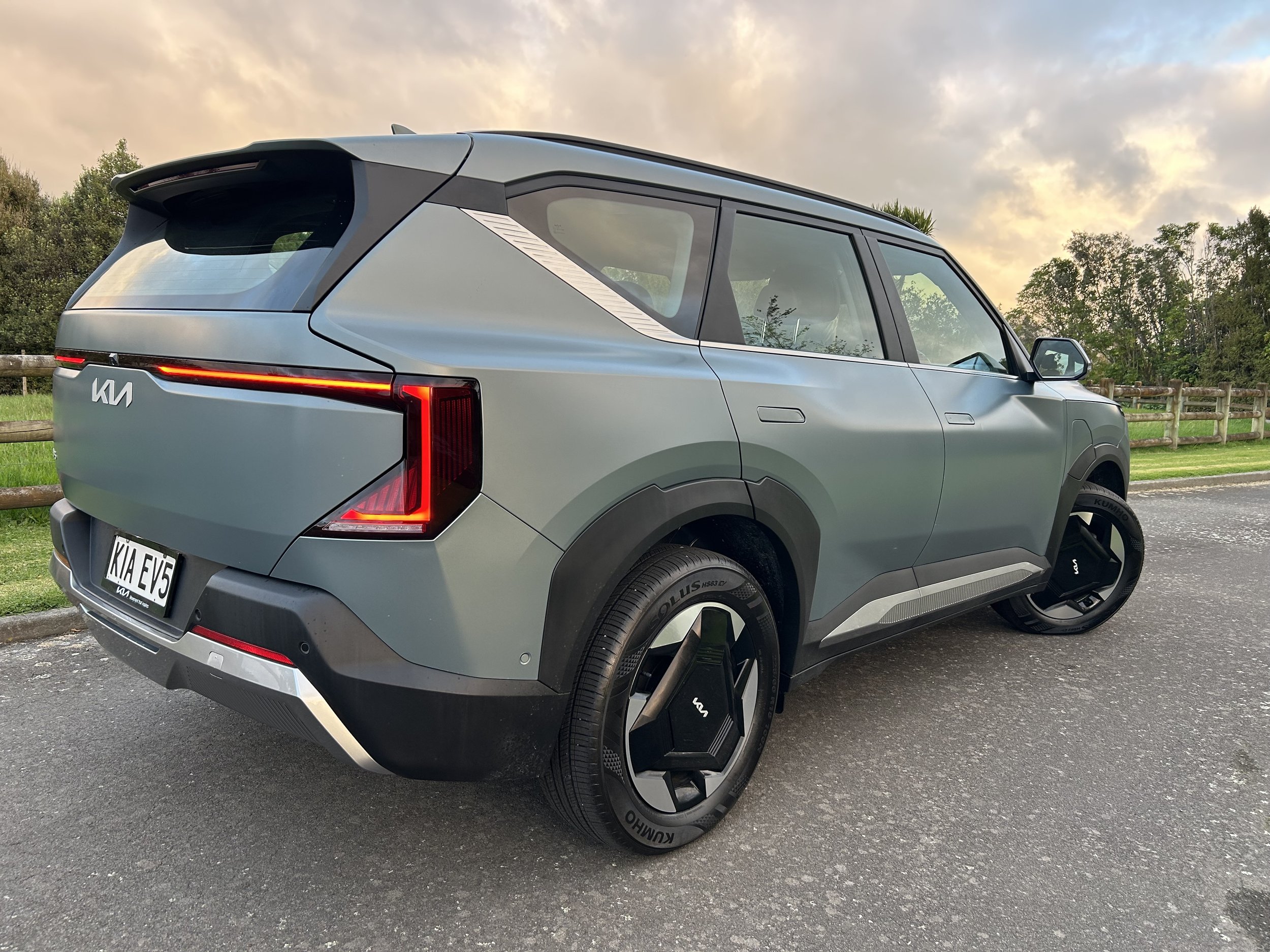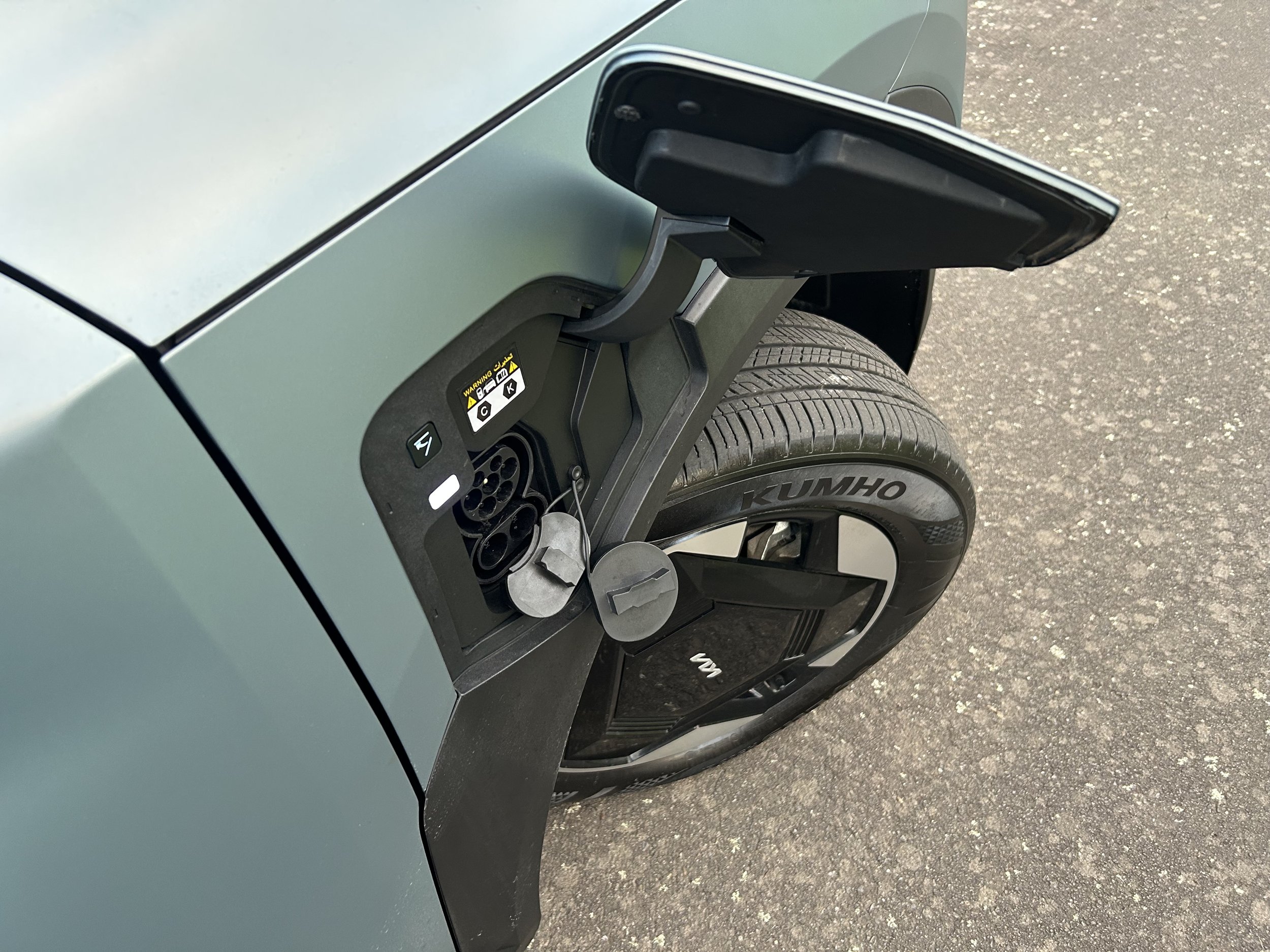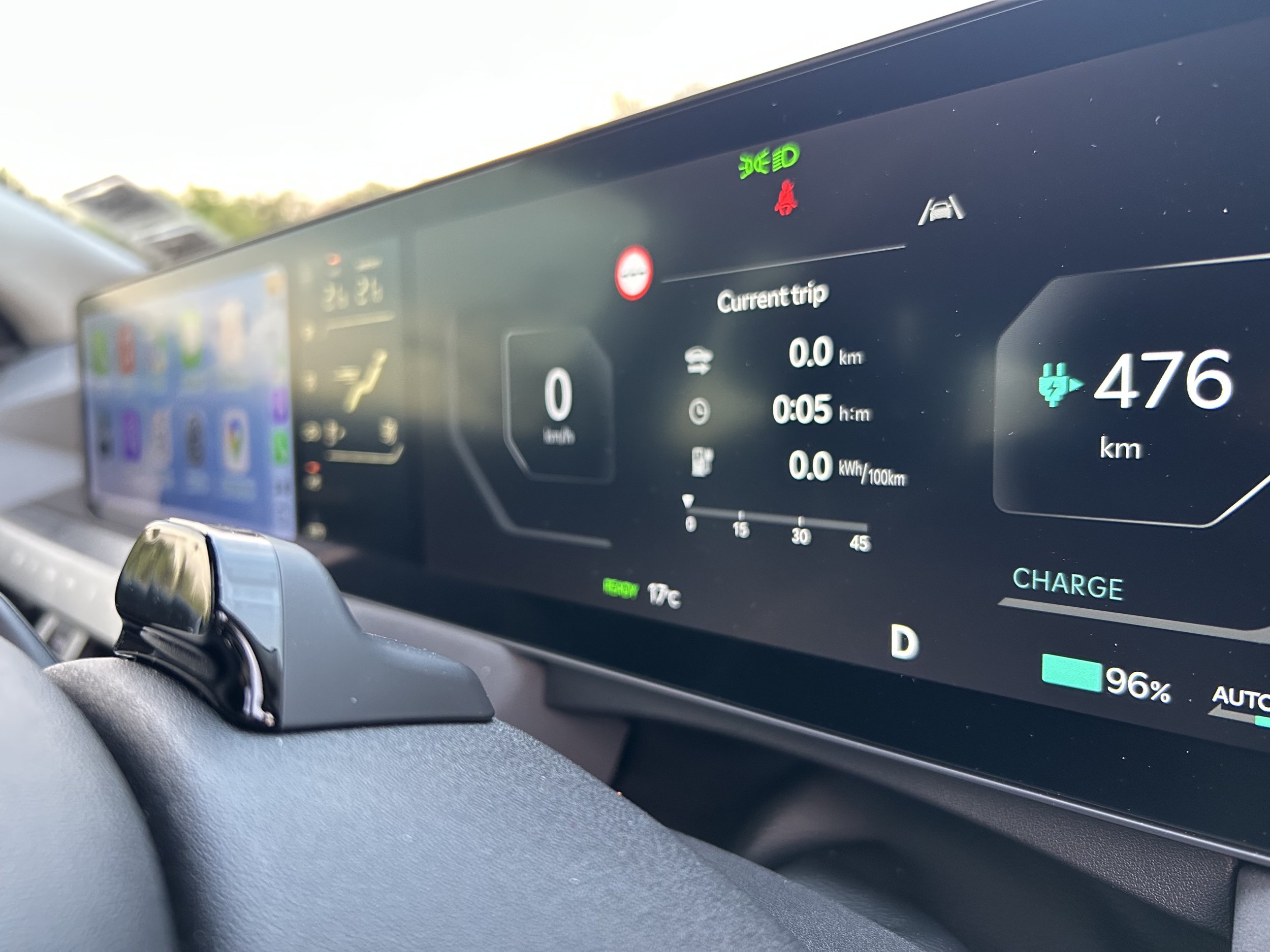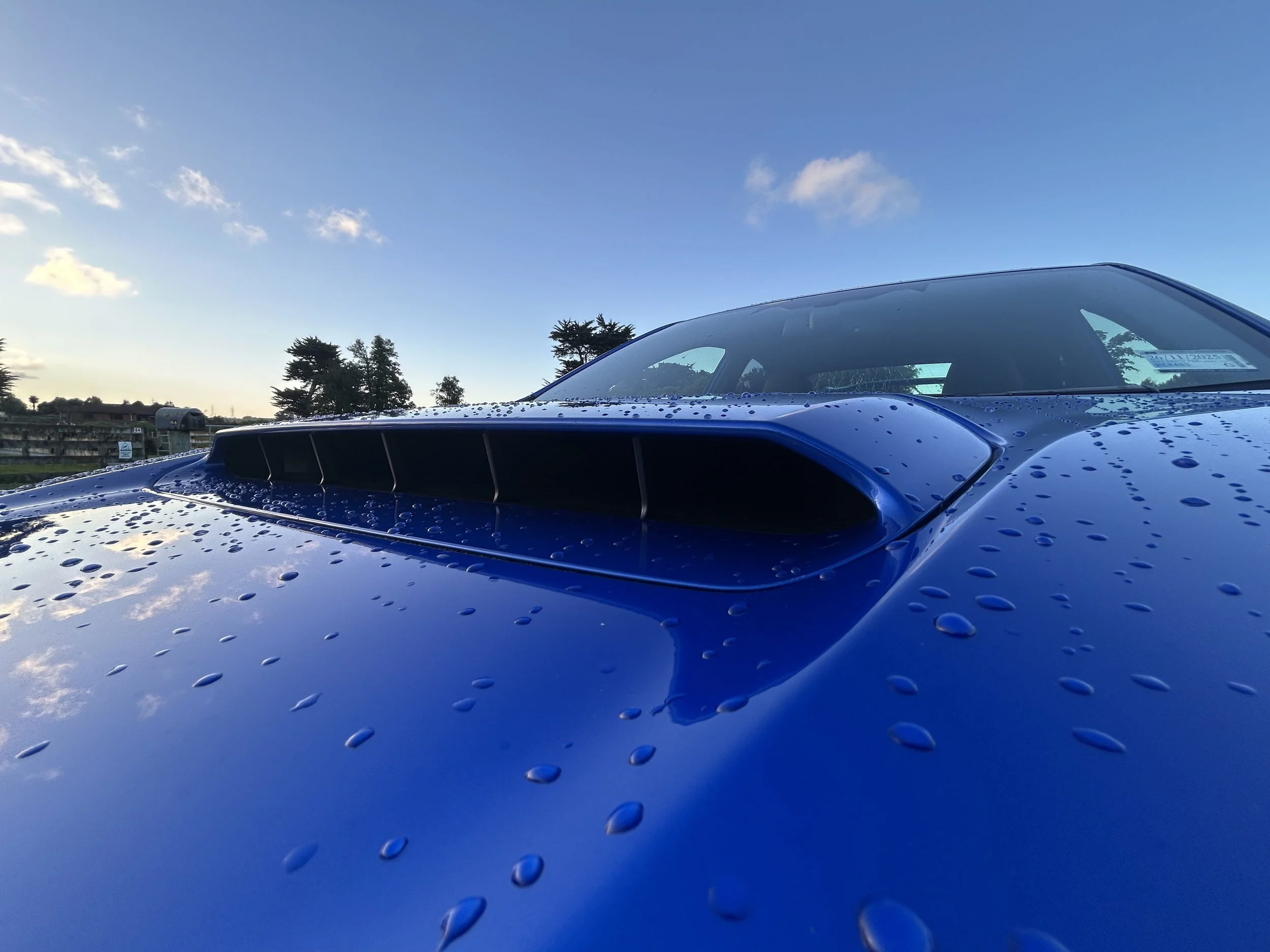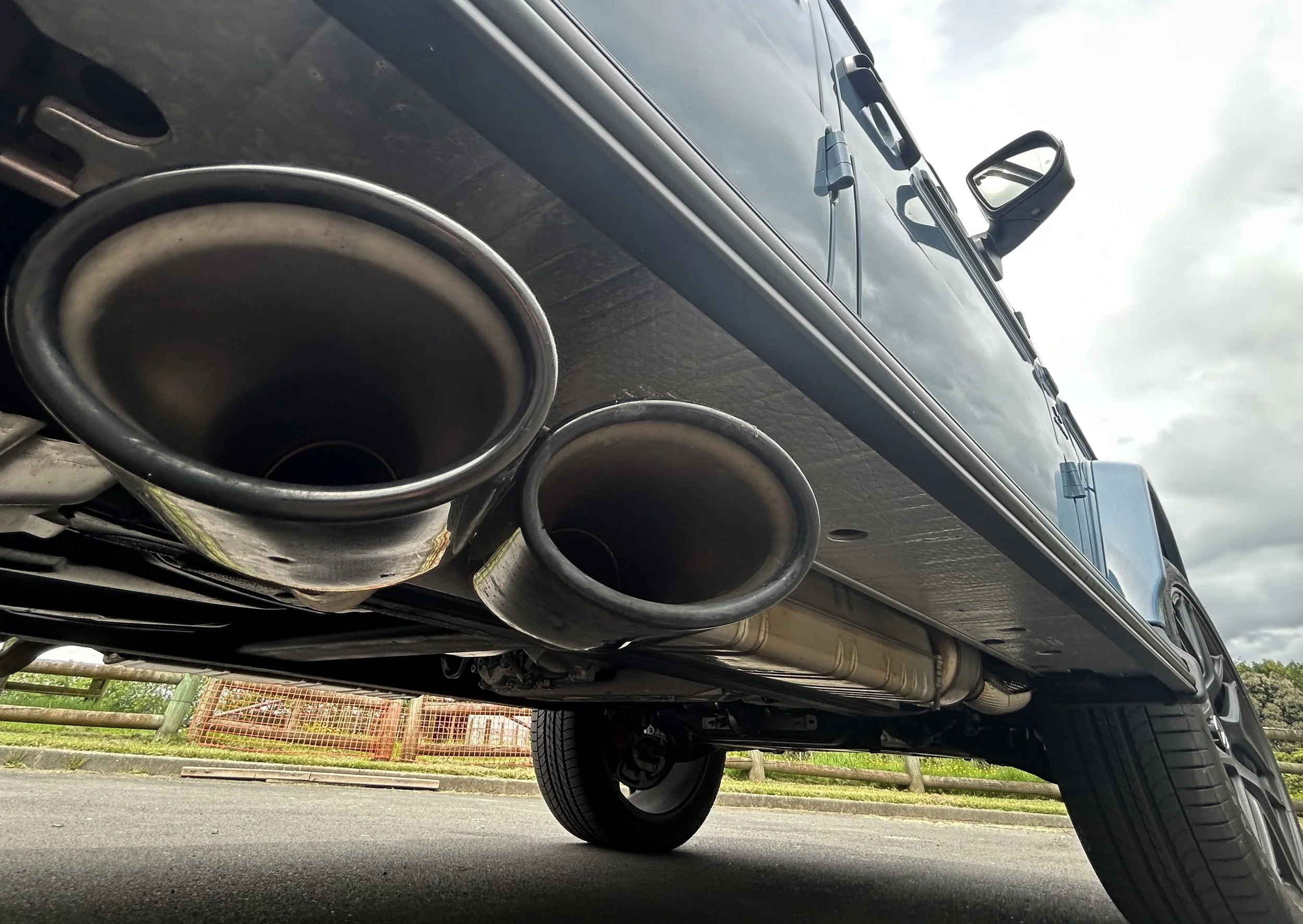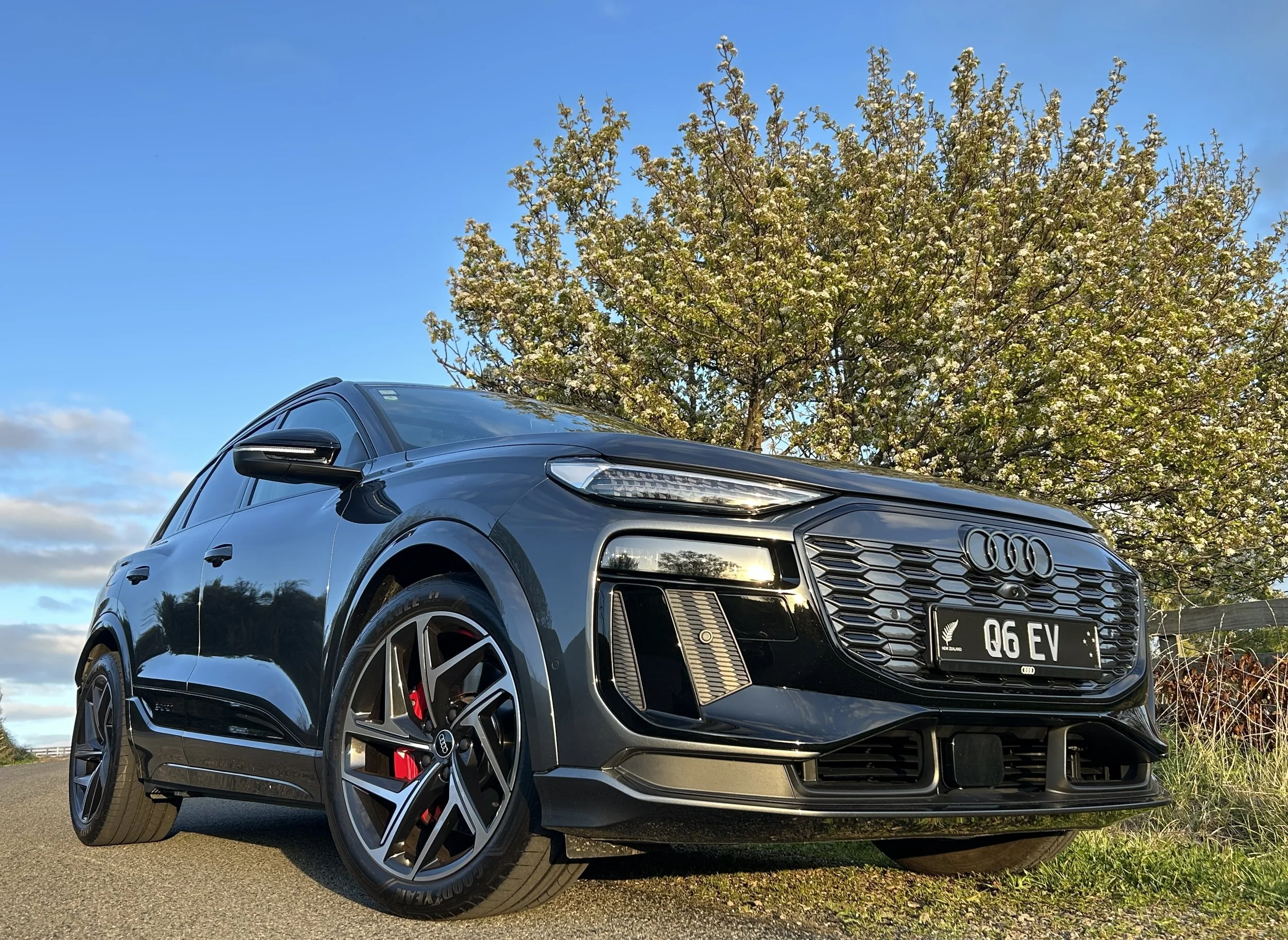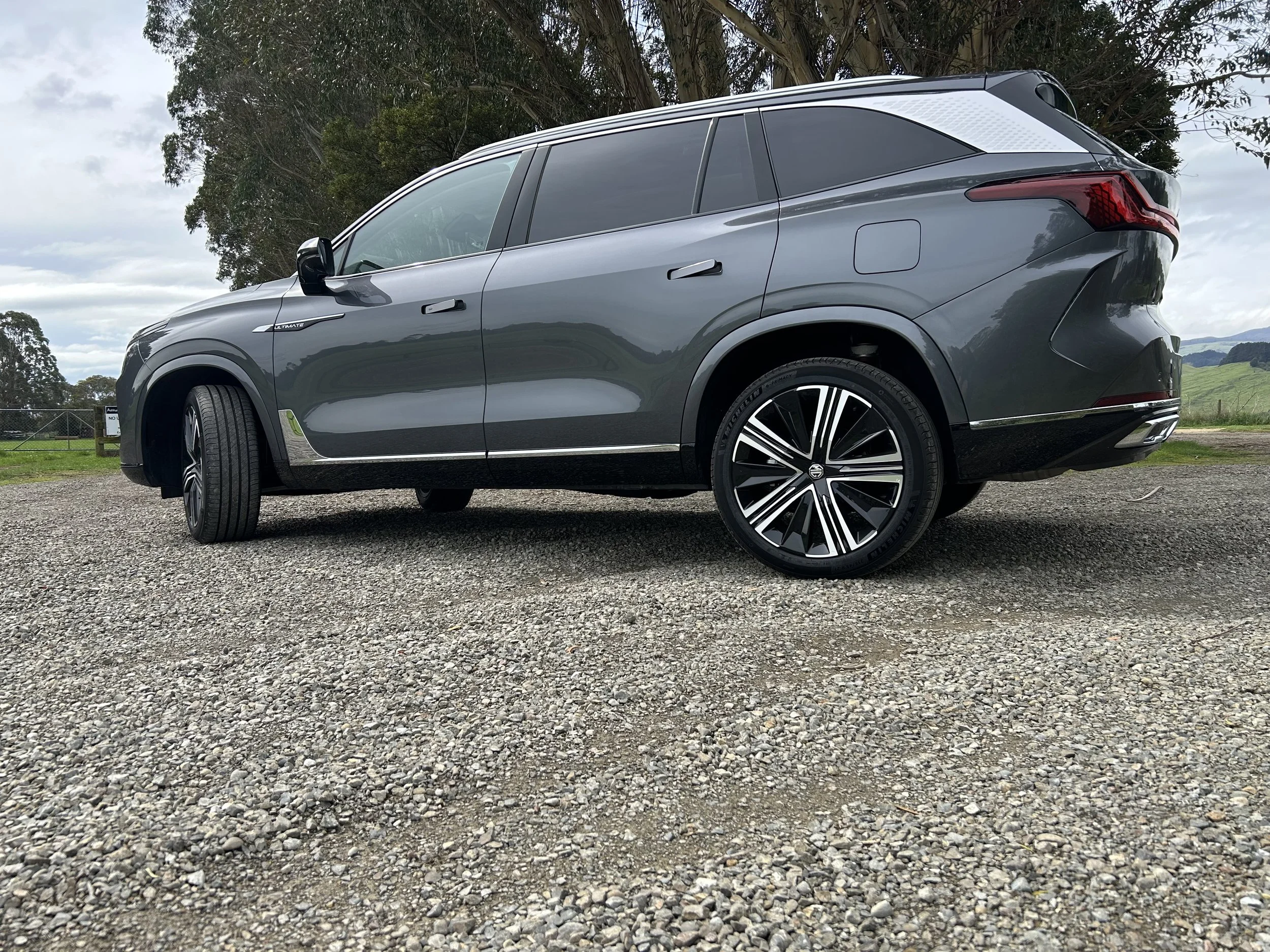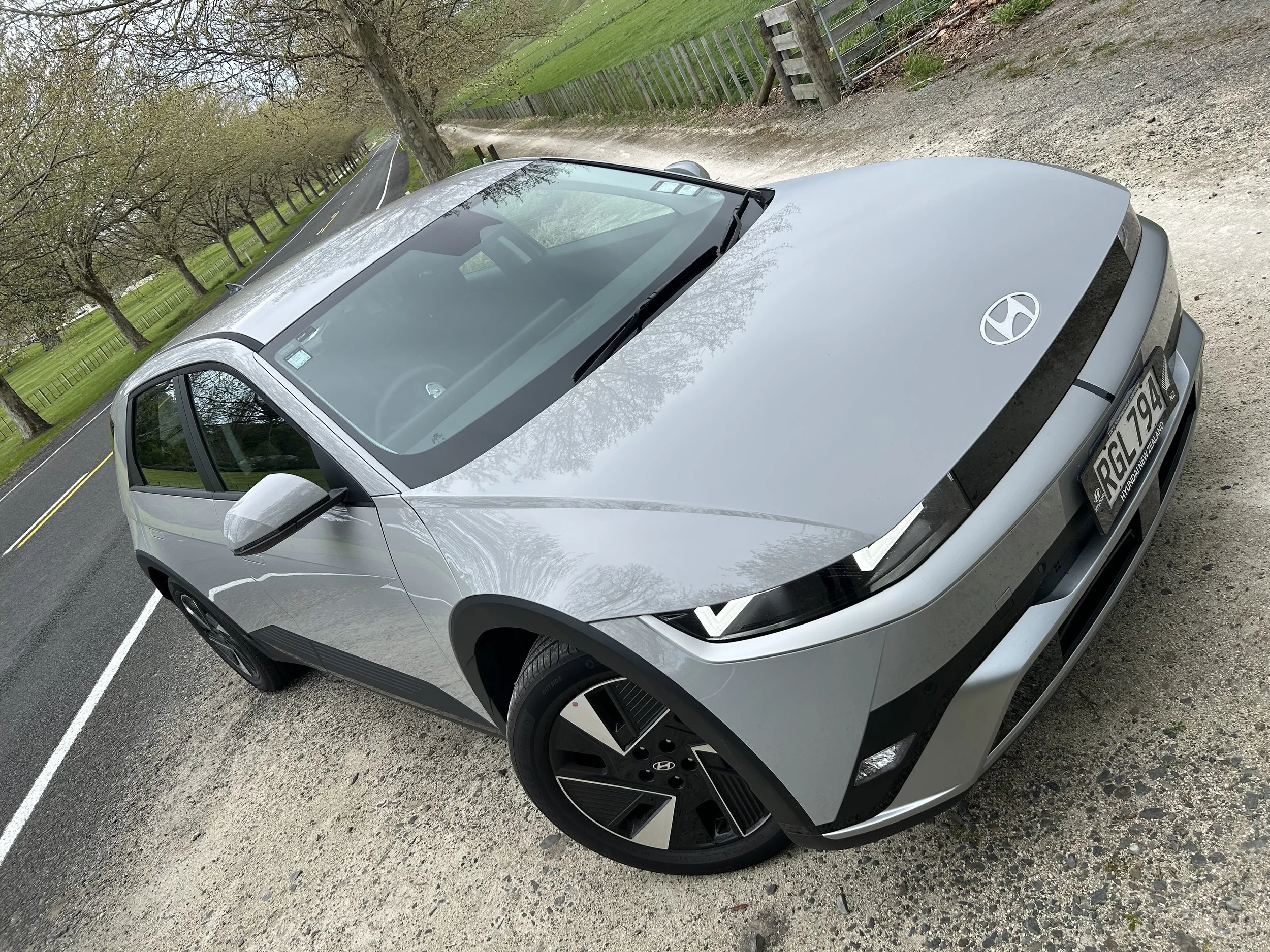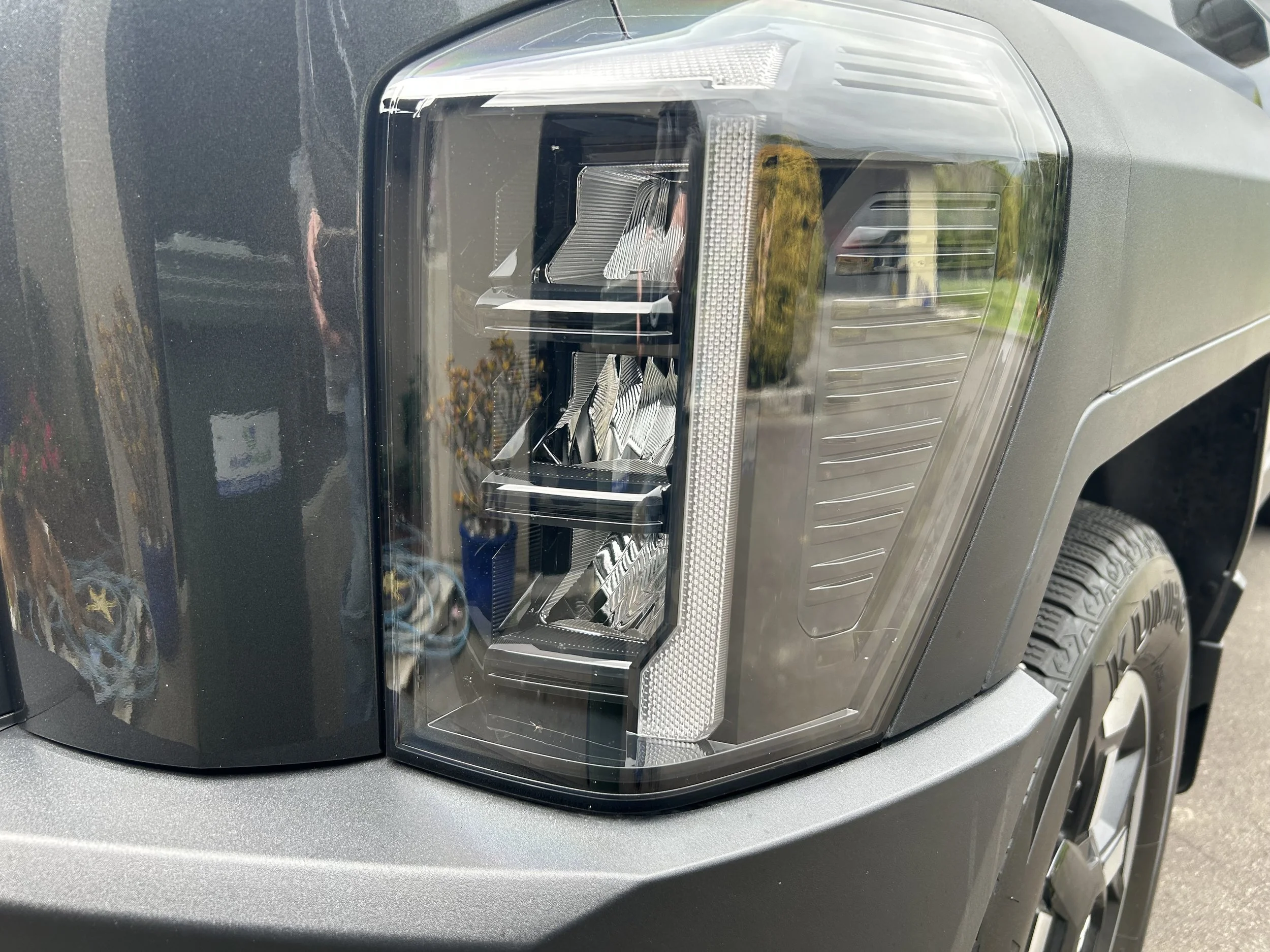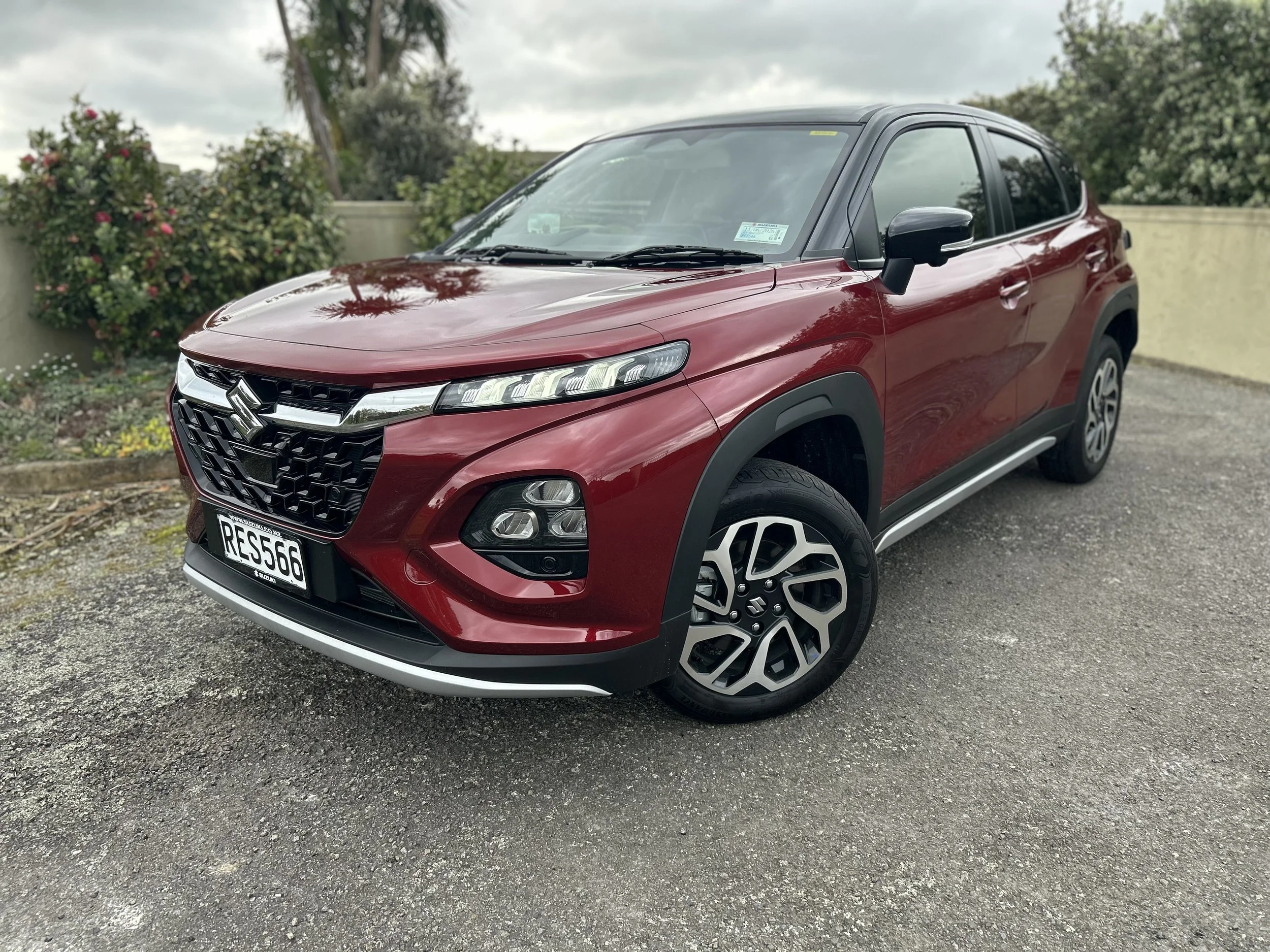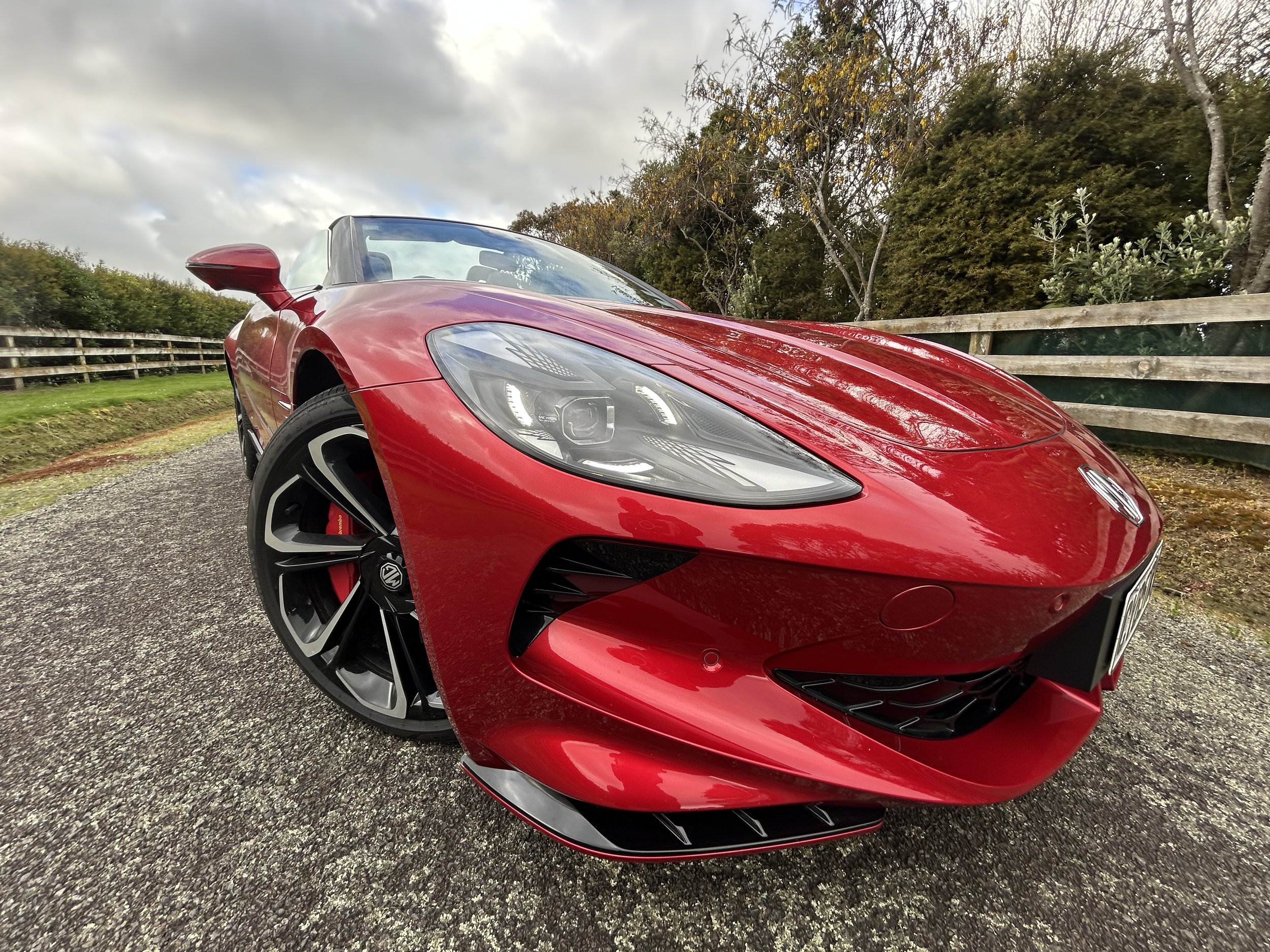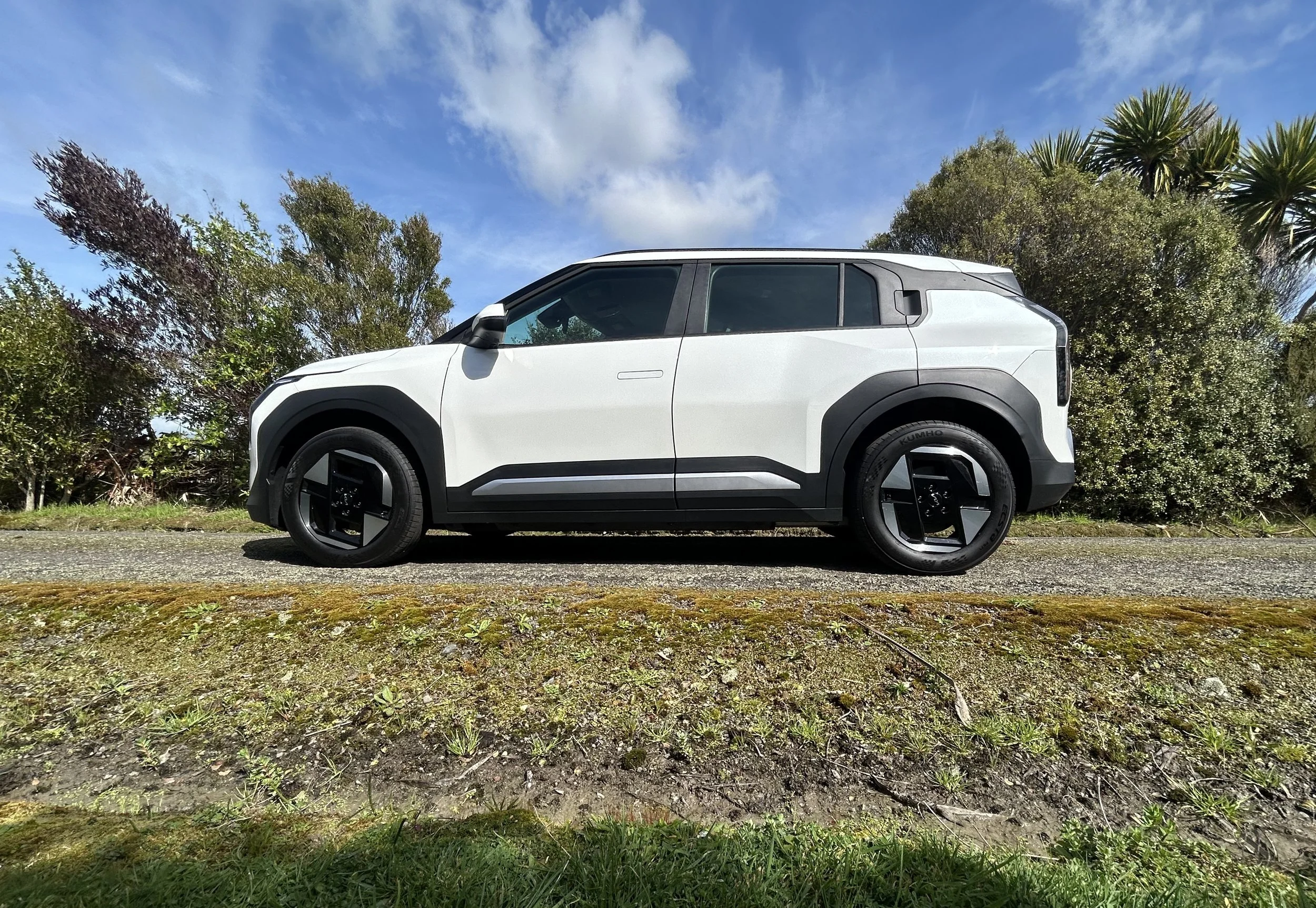Kia EV5 Light Plus road test review: Different kind of same
/China is the electric car hot spot, so potentially a Korean product from there should hold some aces.
Price: $70,450
Powertrain: Single motor front drive, 160kW, 310Nm, single speed gearbox; 88.1kW LFP battery.
How big: 4615mm long, 1875mm wide, 1715mm tall.
We like: Very roomy; new Connect app could be highly useful; promises very decent range.
Not so much: Torque steer; quirky front seat design; surface-sensitive ride.
TESLA and BYD are headline hogs for demonstrating electric motoring commitment, but another is doing more.
With four electric model families in place and a fifth soon to come, each in at least three trim and versions and some with more than one drivetrain/battery choice, Kia is the pace-setter.
The country’s fourth most popular car brand deserves credit for keeping running hot when the climate for this technology has latterly gone cold.
Internal combustion models, some with electric assist, some without, remain crucial. Tasman, its first utility, especially. But electric is also the future for Hyundai Group, and Kia is as enthusiastic as the parent’s namesake brand.
Four percent increase in global sales to 3.22 million units is the 2025 target, with aspiration to deliver 4.3m-plus by 2030, including 1.6m battery electrics. The next push is with its PBV electric vans.
The spread of passenger EV choice from Kia NZ is already wide, a seven-chair EV9 for full-sized families sits above the first here EV6, the more urban-centric EV3 is the kick starter. An EV4 hatch with sporty flair is along soon.
There’s also this EV5. A slightly larger almost-twin to EV3 and also a five-seater, it sets out to clicks into what Kia describes as the ‘semi-medium' category - a bit bigger than a compact, a bit smaller than a full-scale medium vehicle.
Though of similar proportion to the internal combustion, imminently plug-in hybrid Sportage, it nonetheless takes the usual boxy EV-family styling theme. You shouldn’t be surprised to hear it being called the ‘mini-me’ EV9. It has most the snub-nosed styling cues from the big seven-seater and continues the brand’s bordering on brutalist interior thematic.
The twist to the EV5 tale is that it come China. Kia chief executive Song Ho-sung, who recently came to NZ, has made clear this first time partnership isn’t a sell out to the world’s biggest car making country but a canny strategy to speed up development pace and enhance greater cost-effectiveness than car be achieved in South Korea.
In an interview prior to visiting, he commented that “Korean and Chinese brands have about 20 percent price gap and we can never overcome the price gap.”
Ironically, EV5 was late to land - being held up because of need for last minute fine tuning of the suspension to better suit our roads - and even with a platform, a drivetrain and a battery from BYD (China’s biggest and most bombastic brand and also the one leading a huge price war on its home turf ) it’s not as cheap as some imagined it might be. But then, you could say the exact same about BYD vehicles here.
Presenting as a front-drive car with a 88.1kWh LFP battery, providing a WLTP range of 555km., the mid-range Light Plus on test is a $70,450 opportunity that ticks a lot of boxes, but also sits in a hot zone.
EV5, EV3 and EV6 pricing represents as a Venn diagram; this EV5 is in the zone where circles intersect. Outside of that are … you guessed it … Tesla and BYD.
When developing EV5, Kia suggested it was out to not just meet the Model Y but also beat it on price. Sadly, Seoul’s ambition hasn’t realised here. The Light Plus configures most closely to the entry level Tesla, but is a couple of kay dearer. BYD, meantime, has produced the very flamboyant Sealion 7 which undercuts both regardless that it seems the richest-trimmed of the three.
That EV5 being the first Kia car sold here with facility for over-the-air updates and the first with the Kia Connect phone app, whose abilities include contact with emergency services, albeit via a call centre, in event of an incident, is a possible advantage point.
But, ultimately, the Light Plus equipping more lightly for furnishings and finishing touches presents reminder as to why it’s important to shop around. If improvements can be added, I’d start by including a wireless phone charger. This being absent seems odd in a car that has wireless Apple CarPlay connection.
At least it looks after occupants well, with multiple airbags, as well as other road users. Autonomous emergency braking with pedestrian, cyclist, junction turning, crossing, direct and oncoming lane change detection involves, as does adaptive cruise control, lane keeping and following assistance, blind spot and rear cross traffic warning and avoidance and various forms of monitoring – traffic signs, overspeed and driver attention.
Some assists are all too eager to beep and bong, with the road sign recognition being a little too good - to point you’ll hear the over-speed chime when it’s not required. But at least Kia’s system is otherwise largely free of the false alerts that appear to uniformly blight China brand cars. This car has a five-star safety rating, based on 2024 results tested to ANCAP's current (and most stringent) assessment criteria.
Kia’s idea of what mainstream electric cars need to look like raises potential this one could be misconstrued as a chunky wannabe four-by-four but a patent plus of a square-cut approach is that it’s brilliant for space.
The whole cabin is generously open and airy. The boot capacity is a useful 513 litres (helped, perhaps, by no EV5s having a spare tyre); neat touches in that space include storage nooks and crannies on the sides and under the floor, adjustable luggage hooks and movable floor boards, so there’s storage underneath, and a shelf higher up to slot the floor into to create a two-layered shelf. Clever.
Fold the seats - they go flat into the floor - and it expands to 1713 litres. The frunk adds a useable 25 litres. This car is made to swallow up people and their stuff.
Rear seat occupants can access a very clever slide-out storage box hidden in the base of the centre console. Up front the driver and passenger have a double-stacker tray between the seats, the top part holding cupholders and a lower area to store bags or larger items; you may be compelled to seek an after-market solution to keep stuff sliding around.
Up front, all talk is about a quirky design whimsy. Most cars, including EV3, the front seats are separated by a lidded armrest storage. No such convention for EV5, which instead provisions a flip-up armrest with no storage and an extension to the passenger seat that makes it look like a bench and suggests use as a middle seat. It isn’t intended for that. Rather, the section has a sleeve for odds and ends; a phone, your house keys, maybe even an iPad. I’ll bet now this ‘storage pocket’ ideal won’t survive the mid-life facelift.
Kia’s new cars earn eco credits for heavy use of recycled materials; here the upholstery cloth is woven from recycled bottles and synthetic leather and many trim plastics are in second use. It’s a solid counterpoint if anyone suggests the interior looks a bit low-rent for a car at this price level. All the same, it’s a pity the plastics seem harder and a bit less visually premium here than in other Kias.
The instrumentation is per Kia electric convention so there’s a pair of 12.3-inch displays, one for instruments and the other for infotainment, separated by a 5.0-inch climate-control interface.
The infotainment panels offer clear, at-a-glance information, if not a surfeit of customisation options, but when working the infotainment side there’s high chance of inadvertently brushing the haptic touch pads below with your palm; which can cause havoc as these are for temperature, fan speed, and air level controls.
Those functions also replicate on the climate control screen, which though a modicum of design clarity itself runs risk of being largely hidden by the steering wheel when you get the driving position just right.
As per convention in Hyundai Group cars, the audio system includes quirky features like Sounds of Nature, inbuilt audio files of ambient sounds. It’s an occupant calming intent that might not seem necessary here but would be vital somewhere like Seoul, which is famous for high intensity gridlock.
When driving an EV6 across North America last year, a high point was the quality of the seat design. The EV5 seats are a bit different; they’re subjectively more firmly padded, the back section have less contour and the seat base is flatter. However, they also proved comfy and it was an easier car to slide in and out of. The rear seats offer fixed bases - so no slide function - but have a reclining backrest to help passengers find comfort. This being a flat-floored car means wherever you sit, there is plentiful space.
EV5’s ‘N3 eK’ architecture is cheaper to produce than the E-GMP chassis underpinning EV6 and EV9 (plus all the Ioniq cars from sister make Hyundai), but is less advanced.
Here it marries into a 88.1kWh lithium iron phosphate (LFP) battery a decent size and chemistry for this sector. But as it is a 400 volt system, charging speeds are degraded. Though capability of accepting up to 120kW is class competitive, it’s not as gloat-worthy as the up to 250kW capability from the Hyundai Group’s in-house 800 volt presentation.
Basically, it means you might often spend longer at a charging point; though with this battery it seems to be highly resistant to making that too commonplace. In seven days’ of test, the car clocked hundreds of kilometres and still had considerable charge left in it on return. I made extensive use of the driver-selectable regenerative braking, which steps up all the way to a true one-pedal mode. The set and forget 'auto' mode works very well.
The greater influence of the drivetrain comes in respect to driving feel. As with its stablemates, there are single and dual motor specs, but in the first layout - as tested - EV5 differs in being front rather than rear drive.
You know this as soon as you give it a decent throttle on standing starts. The powertrain has smooth, strong acceleration, but though it’s great around town and very good for overtaking, you have to take care not to be too intense with initial application.
If that action involves a turn, then some torque steer is set to involve. Even when driving in a straight line, you can sense wheel tug from time to time. It’s not outright unruly, but is something that reminds why so many EV makers are now preferring rear-drive to front when they are using single motors.
If this does annoy, the best way to mitigate the influence is to opt to run the car in its Eco mode, which softens the impact. Normal mode is punchy and Sport is outright aggro.
Kia NZ has commented that EV5 released with added benefit of an extensive ‘local; tuning, engineering and validation programme, which conducted last year and involved 45 engineers who clocked more than 25000 kilometres.
Don’t get too excited about pushing on, all the same; the driver-first identity far more comfortably rests with the EV6. The family-orientation of the EV5 reflects in it having a discernibly different attitude; the emphasis on comfort and quietness is patent, the 0-100kmh time of a middling 8.9 seconds also reinforces that not all electrics are lightning quick.
The 2054kg weight and low-ish profile 225/60 R18 rubber mean the ride quality on smooth tarmac is tangibly better than when it hits coarse chip. It’s not outright jittery, but you can discern when the texture change comes, not just through feel but also an increase on road noise.
The steering is light and potentially too vague to provide any entertainment; it can also make the EV5 slightly difficult at times to precisely place on the road. It weights up a bit in Sport mode, but never quite enough. Atop of that, it suddenly feels like a big car on narrow roads; the sense is that it is more broad-shouldered than the average car is probably mis-placed, but it lingers all the same.
What to make of it? It’s an interesting car, and in many ways a good one, yet one that already seems set to be squeezed into a corner by the EV3, which is almost identical in size, seems to be created to perform all the same core jobs and meet exactly the same consumer expectations, but with a bit more obvious polish.

